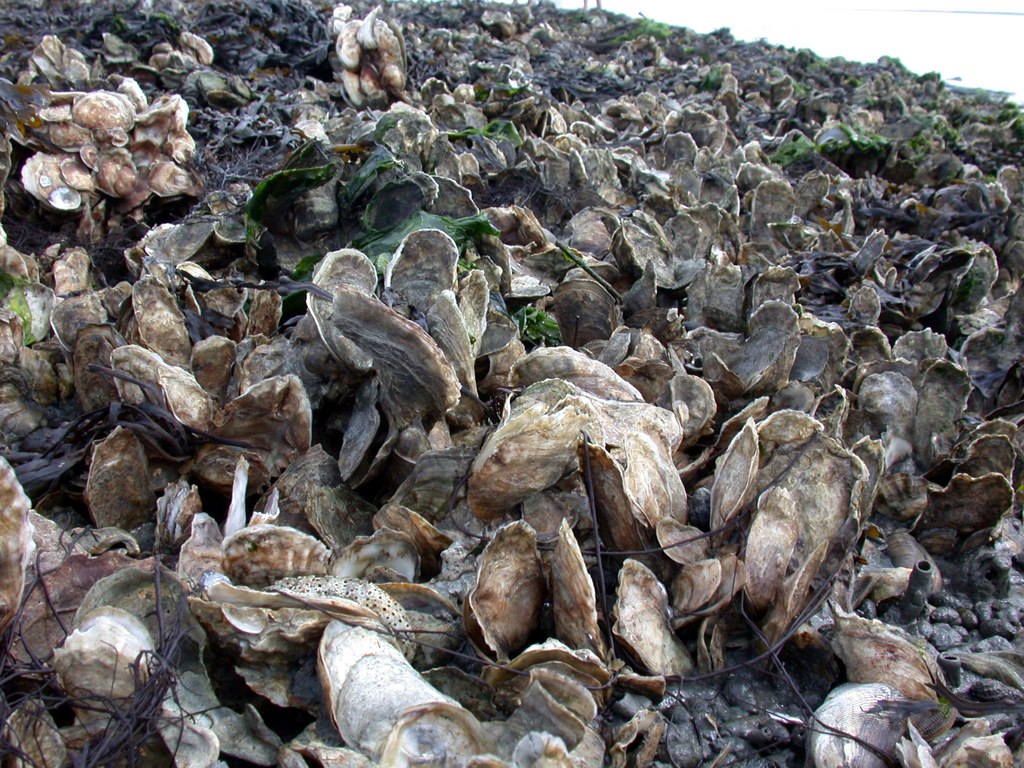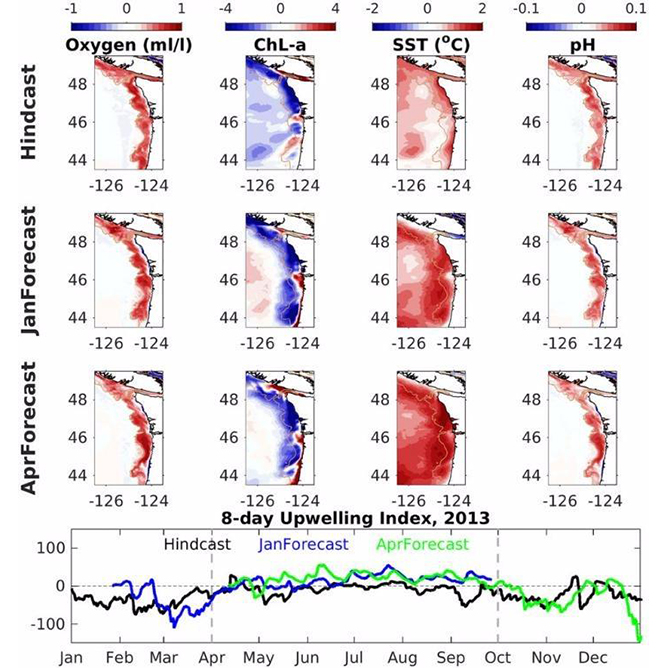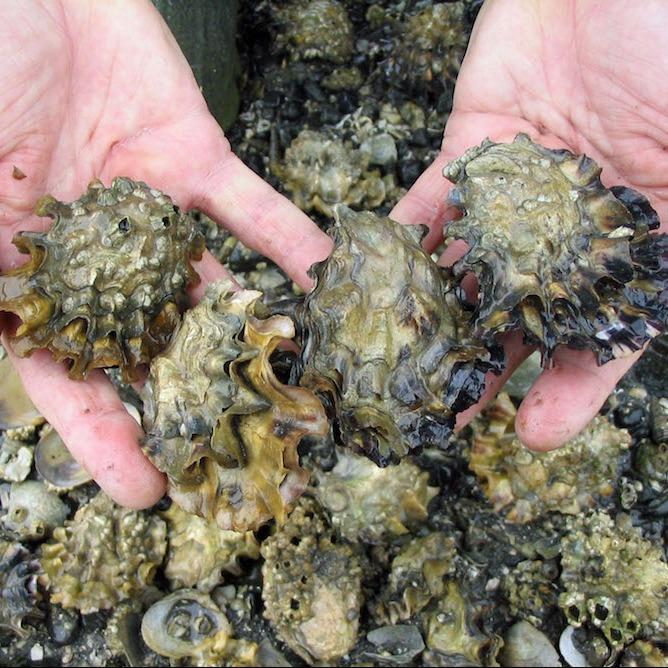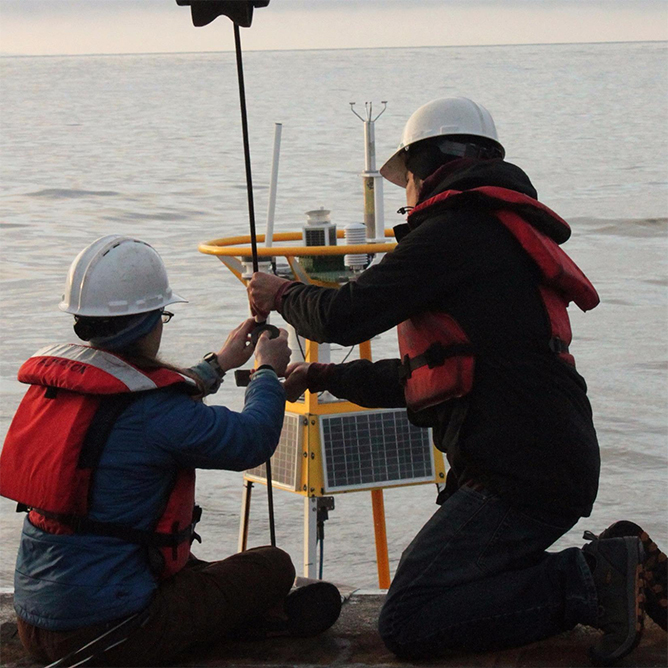Coastal acidification and its associated co-stressors present a serious and credible threat to the success of both oyster aquaculture and restoration in the Chesapeake Bay. Recent research provides a clearer understanding of the physiological sensitivity of different economically and culturally valuable shellfish species to ocean acidification (OA), but we still lack a basic understanding of how vulnerability differs across the range of shellfish-reliant stakeholders, specifically participants in oyster aquaculture, the growers, watermen and coastal restoration managers. This basic knowledge gap motivates this work, which aims to: (1) assess the vulnerability of the oyster aquaculture industry and oyster restoration to OA and other co-stressors, and (2) produce the information required by regional communities to aid in adaptation to these stressors. In achieving these goals, we will better understand which shellfish stakeholders will be able to successfully adapt, which will seek alternative livelihoods, and what specifically causes the difference between these two disparate outcomes.
Investigators:
Marjy Friedrichs, Virginia Institute of Marine Science
Emily Rivest, Virginia Institute of Marine Science
David Wrathall, Oregon State University
Access the tool for modeling data for Chesapeake Bay (1985-2023)



